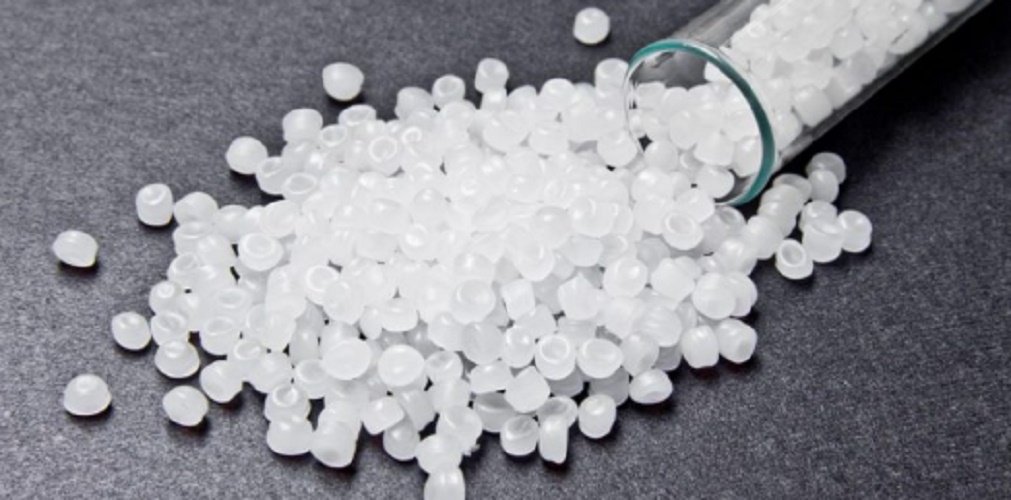What is polyethylene?
We explain what polyethylene is, the main properties it has and the different uses of this famous polymer.
-
What is polyethylene?
It is known as polyethylene (PE) or polymethylene to the simplest of the polymers from chemically composed of a linear unit and repetitively atoms of carbon and hydrogen. It is one of the most economical and simple manufacturing plastic materials , so approximately 65 million tons per year are generated worldwide.
The manufacture of polyethylene is carried out by different polymerization processes , either by free radicals, by anionic, cationic processes or by ion coordination. Depending on the type of reaction chosen, a different form of the same plastic will be obtained .
This material was first obtained by the German chemist Hans von Peachmann in 1898, due to an accident during the cooking of diazomethane. It would not be until 1933 that he would be intentionally synthesized, and would be done by chemists Reginald Gibson and Eric Fawcett in England, applying a pressure of 1400 bar and a temperature of 170 ° C in an autoclave.
The material they obtained is known today as low density polyethylene. Finally, in later years, Karl Ziegler and Giulio Natta achieved polymerization at lower (and therefore cheaper) pressures using catalysts during the reaction. Such a discovery made them winners of the Nobel Prize in Chemistry in 1963.
-
Polyethylene Properties

Polyethylene is chemically inert, that is, it is almost non-reactive, and has a whitish and translucent appearance. Tenacious and flexible at ordinary temperatures , it has a soft and rayable surface.
Its melting point is 110 ° C and if it falls below its ambient temperature, it gains in hardness and fragility. In a liquid state, polyethylene behaves like a non-Newtonian fluid . Its viscosity decreases at a higher temperature, and a density of 0.80 at about 120 ° C.
Polyethylene is not a good conductor of heat or electricity , and its density (in solid state) varies according to temperature. In general, the mechanical properties of the material will depend on the thermal history of its manufacture, that is, on the specific way in which it has cooled and solidified.
-
Uses of polyethylene
Polyethylene is an extremely versatile plastic. With it numerous articles can be made, such as:
- Plastic bags of all kinds.
- Sheets for packaging all types of food , drugs and agroindustrial products.
- Airtight containers for home use.
- Pipes for irrigation.
- Knobs, tubes, coatings.
- Cooking film (plastic wrapping paper).
- Containers for detergents, shampoo, bleach, etc.
- Mechanical parts, chain guides.
- Baby bottles, toys, disposable diaper base.
- Water buckets and drums.
- Coating of lagoons, canals, water tanks, etc.
- Manufacture of wood flour compound.
- Raw material for rotational molding.
- Cables, wires, pipes.





